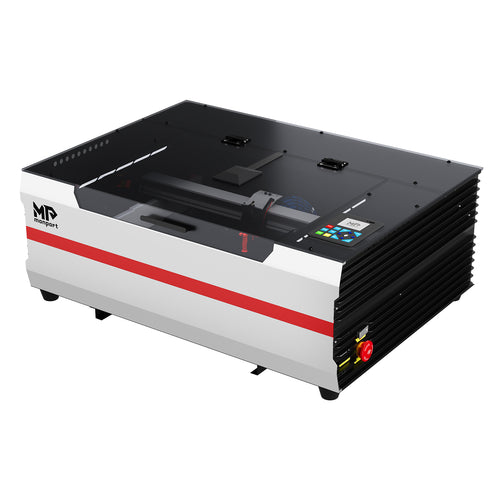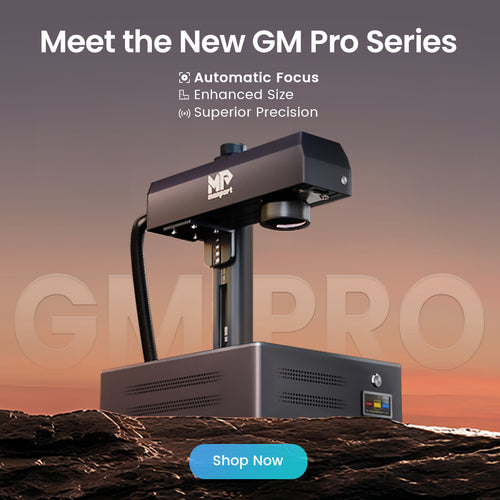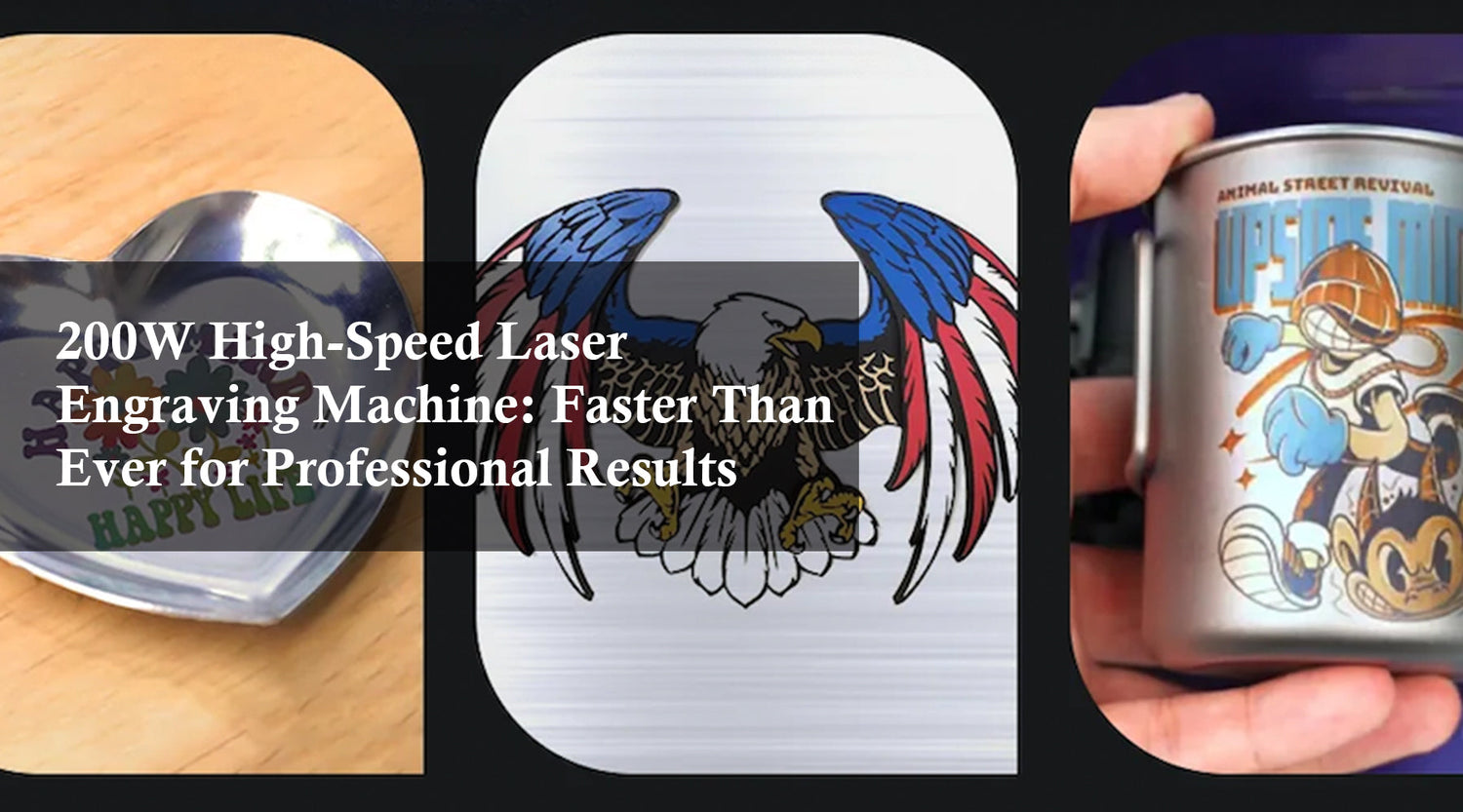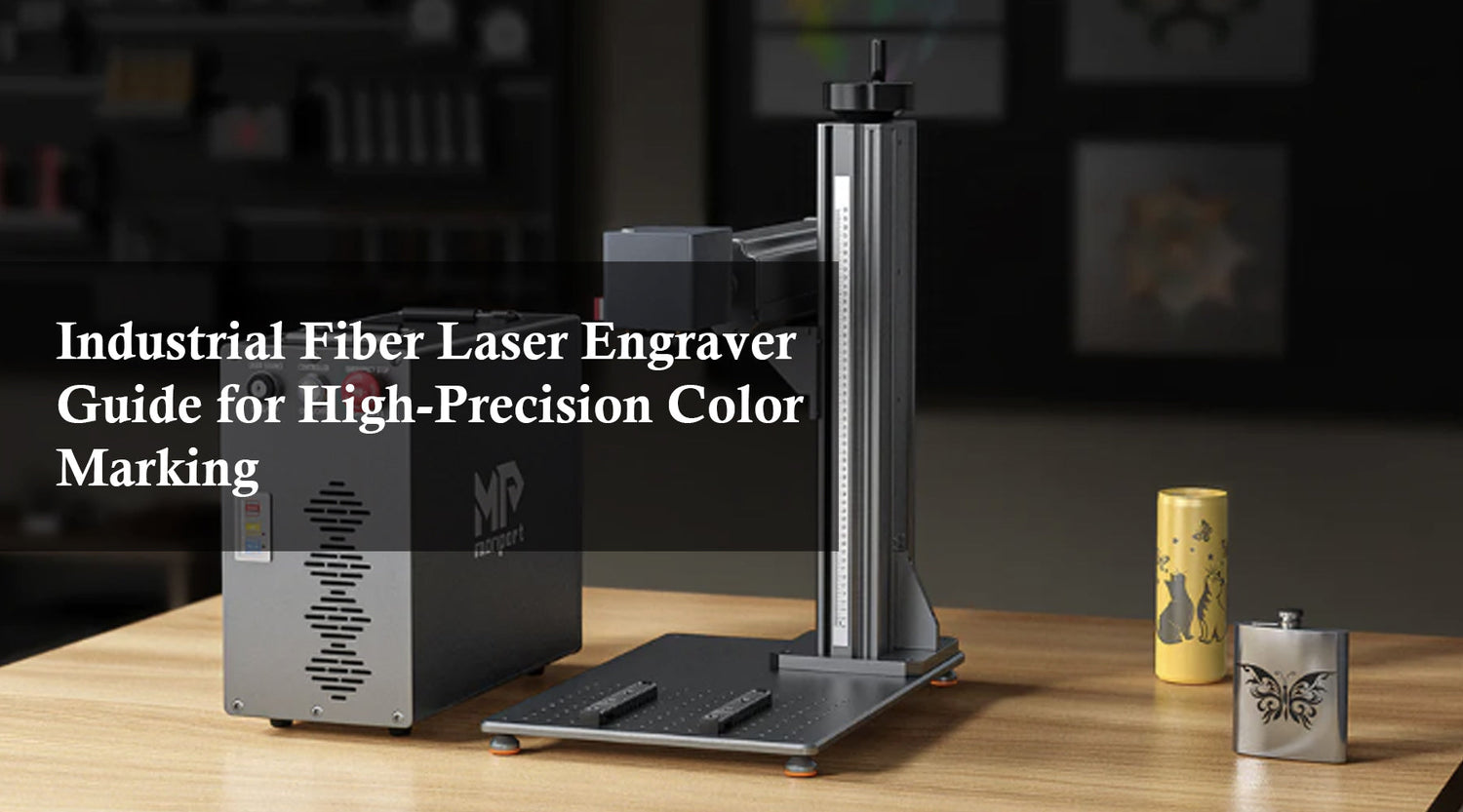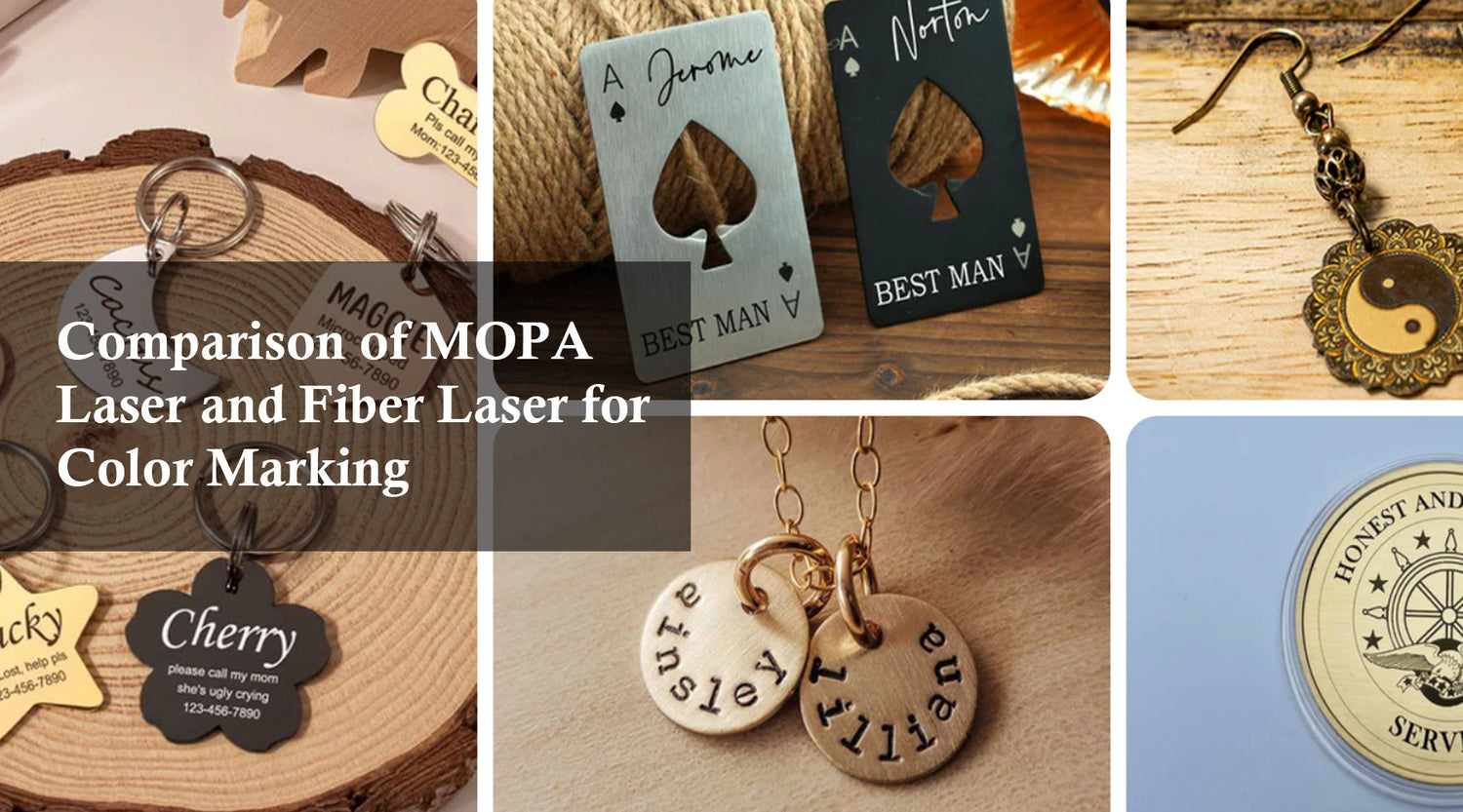Ⅰ.Metal-with high thermal conductivity and conductivity
Metal is an important material, used everywhere in our lives. Not only for space shuttles and space stations, but also in widely used products like Apple phones, metal studs on girls’ ears, and boys’ metal belt logos. Metal has penetrated into our food, clothing, housing, and transportation, and metal products occupy a very important position. Trademarks, barcodes, and numbers on metal products are generally used for identification marks, usually directly machined on the surface, such as stamping, laser engrave, punching, etc., to form marks, or they are generated by external processing methods such as printing and sticking labels.
Metal materials are usually divided into ferrous metals, non-ferrous metals and special metal materials.
- Ferrous metals, also known as iron and steel materials, include industrial pure iron with total impurity content less than 0.2% and carbon content no more than 0.0218%, steel with carbon content of 0.0218% ~ 2.11%, and cast iron with carbon content greater than 2.11%. Ferrous metals in a broad sense also include chromium, manganese and their alloys.
- Nonferrous Metals refer to all metals and their alloys except iron, chromium and manganese. They are usually divided into light metals, heavy metals, precious metals, semi metals, rare metals and rare earth metals. Nonferrous alloys generally have higher strength and hardness than pure metals, high resistance and low resistance temperature coefficient.
- Special metal materials include structural metal materials and functional metal materials for different purposes. There are amorphous metal materials obtained by rapid condensation process, quasicrystal, microcrystalline and nanocrystalline metal materials, etc; There are also special functional alloys such as stealth, hydrogen resistance, superconductivity, shape memory, wear resistance, vibration damping and metal matrix composites.
Knowing suitable metals is essential for you to understand how to laser engrave metal. Engraver machine with fiber lasers are most suitable for marking all types of brass, copper, aluminum, stainless steel, and nickel-plated metals, as well as engineering plastics such as polycarbonate. Aluminum is one of the best and most common metals used in engraver machine, and brass and copper are also ideal because both metals have good heat transfer capabilities. Tungsten and cemented carbide are the hardest metals on earth, so engraving or etching is generally not recommended. Here are some metals that you can engrave with a high-efficiency fiber engraver machine.
Suitable metals for laser marking and engraving:
- Stainless Steel
- Aluminum
- Anodized aluminum
- Hardened metals
- Alloyed steels
- High-speed steels
- Titanium, titanium alloys
- Brass
- Copper
- Precious metals (e.g. silver, gold)
- Coated metals
Ⅱ. How to engrave/mark metal ?
Black marking is a marking process that produces high contrast, all-black marks. The surface of this structure reduces the amount of reflected light and presents dark, matte blackening marks, which remain consistent from any point of view. This makes the mark non-abrasive. All-black marking is an ideal choice for laser engrave on materials such as stainless steel, titanium, copper, and brass, creating durable and visually striking identification or decorative marks using an engraver machine.
Now many optical fiber laser marking machines need to present black when marking metal, so how can we use an engraver machine to print black on metal? How should parameters be set? Let me give you a brief explanation.
Parameter setting takes the stainless steel marked by Monport laser 20W fiber laser marking machine as an example:
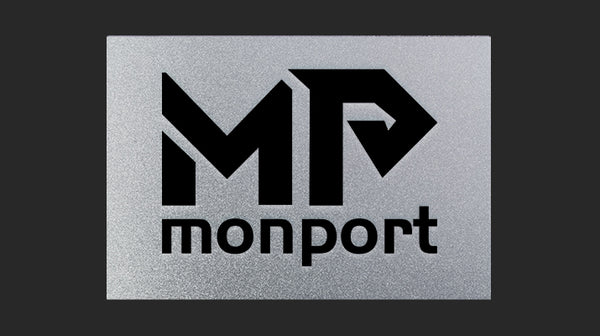
MACHINE: MONPORT 20W FIBER OPTIC SPLIT MARKING MACHINE
MATERIAL: One piece of the stainless steel
PARAMETER SETTINGS(Marking):
Marking speed: 100-200mm/s
Marking power: 50%—70%
- After importing the vector map, select fill in the blanks
- The focus deviation method is adopted for print black, which is generally ± 1-2mm away from the focus
In the actual marking process, because the specific optical fiber laser marking machine used is different, the specific setting of parameters is different, so we should master the principle of setting parameters in this way.
Why set parameters like this? Because the smaller the filling, the darker it will be, the lower the speed, the darker it will be, the greater the power, the darker it will be, the more accurate the focal length, and the darker it will be, but it is not that the slower the speed or the greater the power, the better, because too much energy consumption will affect the service life of the laser.
This is the basic parameter and principle of fiber laser marking machine when marking black metal. You can try and adjust it according to your actual situation.
Ⅲ. Applications for engraving / marking metal
Laser marking is widely used for graphics and text marking in many fields such as integrated circuit chips, computer accessories, industrial bearings, clocks and watches, electronic and communication products, aerospace devices, various auto parts, household appliances, hardware tools, molds, wires and cables, food packaging, jewelry, tobacco and military affairs, as well as mass production line operation.
- Automobile industry
The automotive industry has become one of the largest users of this technology. It is estimated that a car is composed of approximately 30,000 parts, which are made of steel, aluminum, copper, special fibers or plastics, and vary in shape and size.
For example, mark the seat belt components with information such as country of origin, serial number, and bar code. You will also find fiber laser markings on engine blocks, car sensors, chassis VIN numbers, and motorcycle parts. All these applications are achieved by using a fiber laser marker in the automotive industry;
One of the industry's biggest concerns about marking is readability and traceability. Parts should be traced back to their country of origin, and the markings should be machine-readable. It is for this reason that the use of fiber lasers has increased recently.
- Electronics Industry
In such a fast-growing industry, it is vital to put efficiency first and meet ever-increasing demand. This demand also expects quality and safety too. TVs, Laptops and smartphones are all made up of tiny and small substances.
Fiber laser marking is the most effective marking method in this industry because it can handle tiny elements without damaging surrounding materials.
- Medical industry
Health institutions and medical equipment manufacturers have very strict standards in the location, size and content of the marks, so there is no room for error. And markings must be resistant to withstand acid cleaning, corrosion and sterilization, and high temperatures.
Medical tools are becoming smaller and process more efficient. But high quality and safety are still the top priorities of the industry. Therefore, considering quality, cost-effectiveness, speed, reliability and adaptability, fiber lasers have become a popular choice for marking in this industry.
The following are some of the most common reasons why fiber laser marking is used in the medical industry:
- Traceability of medical equipment: Internal medical staff of health institutions need to be able to track and locate medical equipment in their hospitals. They should also be able to clearly read and identify each instrument during the sterilization process.
- Recognition of medical prostheses: Medical prostheses need to have a medical number or logo based on an alphanumeric series retrieved from a dedicated database.

Here are some specific applications:
- Bar codes
- QR codes
- Branding
- Logos
- Identification
- Traceability
- Serial numbers/codes
- Two-dimensional matrix code
- Product information/product name
- Graphics and designs
- UDI Medical Marking
- Personalized customization
Well, after reading this article, do you know more about laser marking metals? Is it very simple?
Come on! Let’s try the Monport laser marking machine to start your journey of metal marking!





